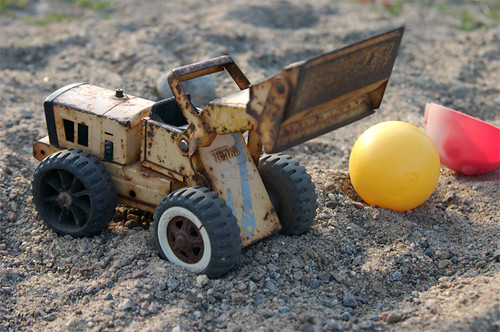I grew up on lake in Brainerd Minnesota so I never knew that lakes had anything but pure sand bottoms and shorelines
When our family moved to a "city lake" just 8 miles from the heart of downtown Minneapolis, my young daughters quickly let me know that the 750 feet of shoreline full of muck, silt and weeds was not going to be acceptable! After a great deal of research and testing the Weeders Digest began to take shape.
Since that time we have successfully created a swimming area witout the use of chemicals or imported sand.
Using the tools and tips found here on the Weeders Digest should help you avoid the need to add a truck load of sand.
Here are a few thoughts regarding this practice......
Adding sand to your beach might seem like the fastest way to solve your weed and muck problems. Just bring in a dump truck and have an Insta-Beach! It is my strong personal opinion that this is actually one of the worst ways that you can manage your shoreline. Especially from an environemental stand point.
I have seen the amount of debris and sediment that is oftentimes found in sand that is brought into a shoreline.

|